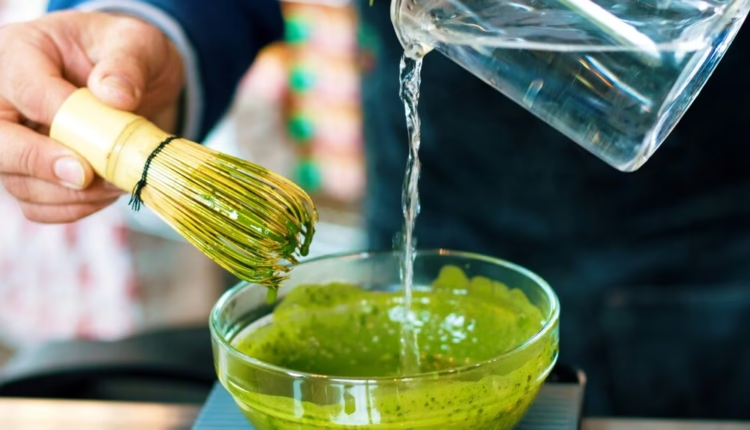A Beginner’s Guide to Making Café-Quality Matcha Drinks: Part Two
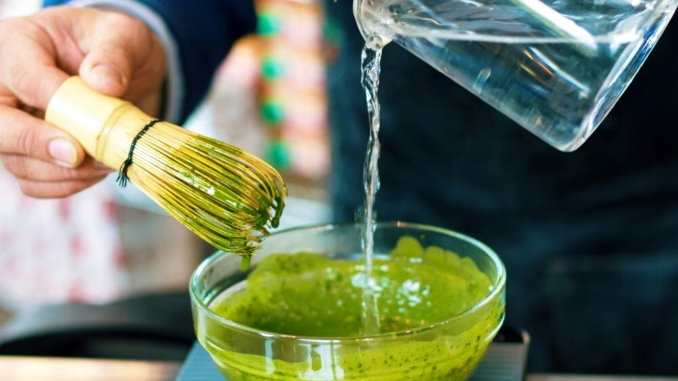
Get the most out of your matcha with these key tips from experts at Ippodo Tea Co., Tealife Singapore, and more.
BY MONICA MANANSALA
BARISTA MAGAZINE ONLINE
Featured image by Jason Leung
For an in-depth discussion of matcha’s history and functionality in the café, see the article ”Game Set Matcha” in the current issue—April + May 2025—of Barista Magazine!
Last week, we introduced our guide to making high-quality matcha drinks at your café and shared tips from Tomoko Honda, head of global operations at Ippodo Tea Co. Today, we’ll explore more advice on how to get the most out of your matcha, and ways to make matcha a highlight—not an afterthought—on your coffee shop’s menu.
Proper Matcha Storage
Like coffee, matcha has proper storage protocol, and storing your matcha correctly will have a big impact on how it tastes. Matcha is incredibly sensitive, and it’s best to keep it in a place away from direct contact with sunlight, high temperatures, and humidity.
Keep your matcha powder in an airtight, dark-colored container, away from light, moisture, and heat. Refrigerating your matcha can also help slow down oxidation and prolong its shelf-life. Matcha powder also easily absorbs odors, so you’ll want to store it away from any other ingredients with strong scents.
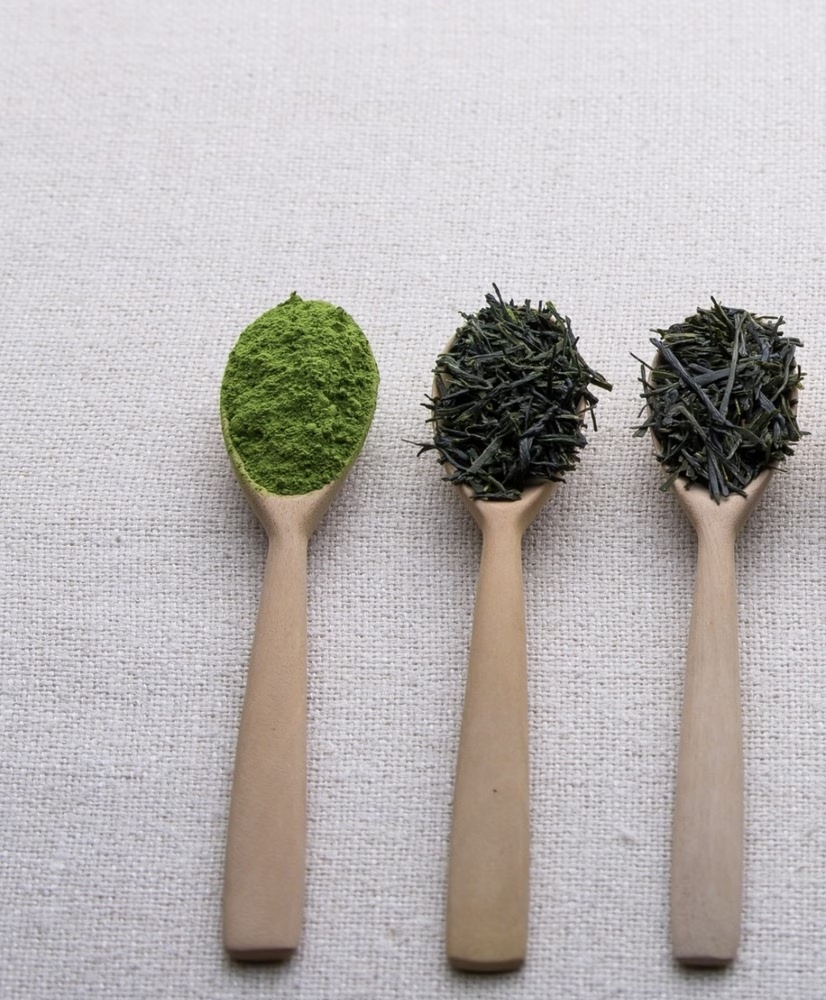

Choosing the Right Matcha Bowl
According to Tealife Singapore, your matcha bowl, also known as a chawan, should be larger than a regular cup or bowl—big enough that you’ll want to hold it with two hands, rather than one. Size is important here, because a wider base of your bowl will make it easier for you to whisk your matcha.
The shape of your matcha bowl is also something to pay mind to. A cylindrical shape with thick, high walls will help maintain the temperature of your matcha. You’ll also want to make sure your bowl has a rounded bottom, and a smooth surface rather than a rough or bumpy one.


Milk Matters
Tomoko Honda of Ippodo Tea Co. shares with Barista Magazine that the type of matcha you choose to use at your shop will be dependent on other ingredients you already have on hand, including milk. On the other hand, she notes her hopes that matcha made with just water, and no milk, will become more popular in Western cafés.
”It’s helpful to find a matcha that pairs well with the milk you use,” she says. ”That said, I would love to see more people discover and appreciate the beauty of traditional, straight matcha—just whisked with water, in its purest form.”
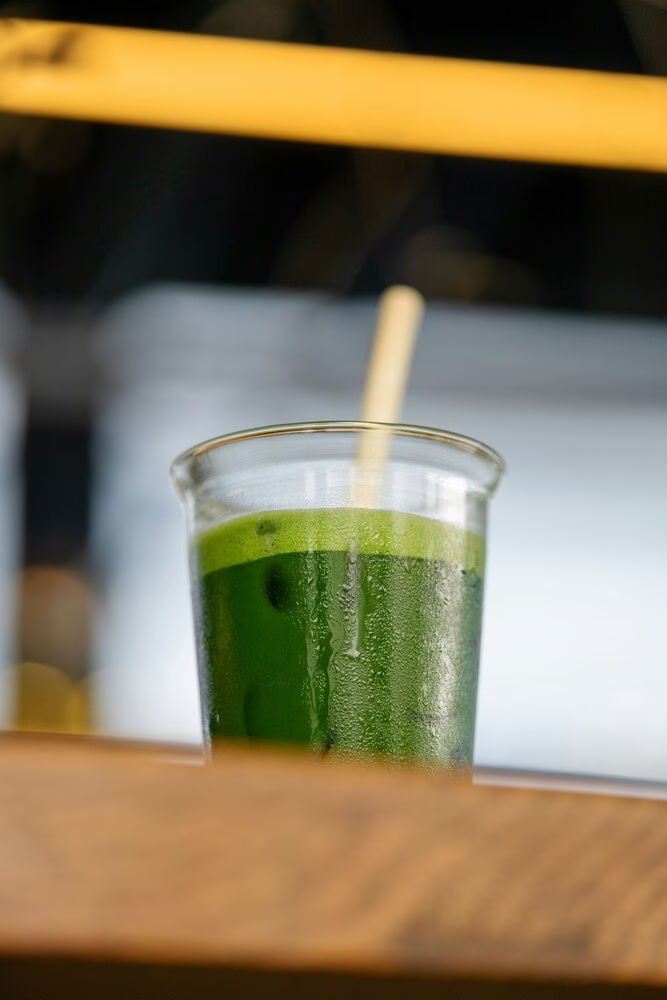


The Meaning of ”First-Harvest” Matcha
In part one of this guide, we shared that buzzwords typically found on matcha labels, like “ceremonial-grade,” aren’t always meaningful. However, there are keywords to look out for on your labels that actually do make a difference.
For example, most high-quality matcha drinks will use “first-harvest” matcha, meaning the matcha was produced from the very first group of tea leaves harvested in the spring. The tea leaves from this first harvest are the youngest and most tender, resulting in a vibrant green color and a more complex flavor profile.
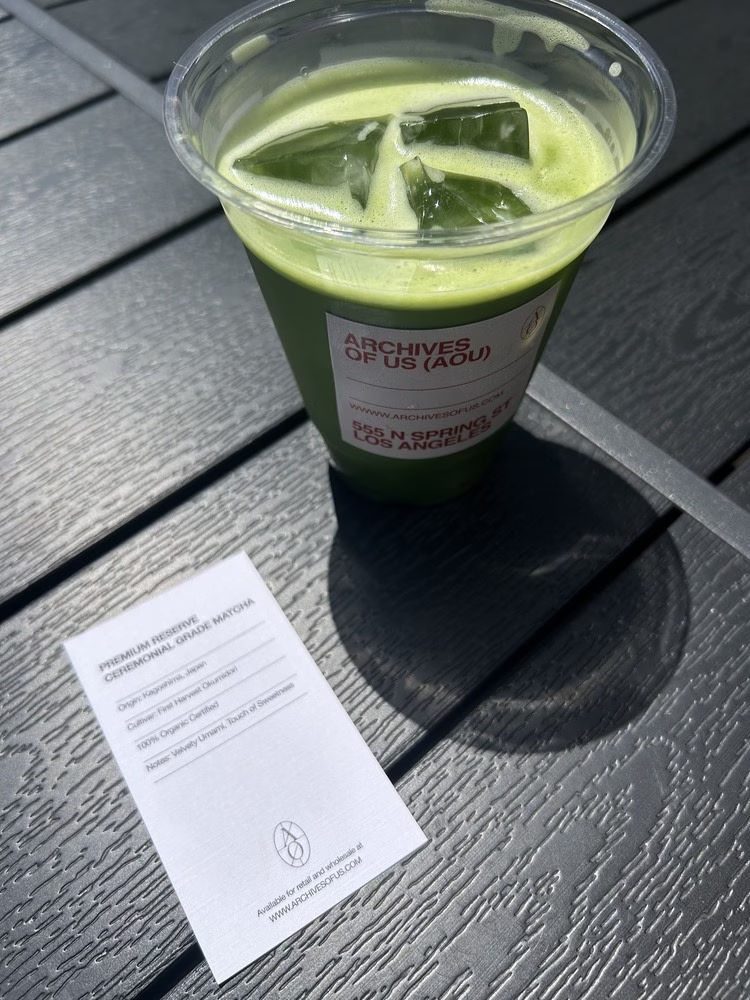


”The first tea harvest in the year (also known as first flush tea) is usually the best quality. This is because the tea plants are full of vital compounds stored over the course of winter,” Naoki Matcha shares in a blog post. ”When the new buds sprout in spring, these compounds and nutrients are concentrated in each of the new tea leaf buds. This is also why the first harvest tea leaves contain increased levels of beneficial amino acids like L-theanine. … The L-theanine amino acid is responsible for the umami flavor in shaded teas. With the first harvest matcha containing the most L-theanine, it makes the tastiest matcha tea as compared to tea plants harvested later in the year.”
Know Your Customer
Ultimately, making a great matcha drink at your shop means considering both your own personal taste and that of your customers. Tomoko Honda argues that, at the end of the day, the best matcha powder for your shop will be one that aligns with the experience you wish to create.
“Café owners and baristas should choose a matcha that suits their own taste and the experience they want to offer,” she says. “Higher price doesn’t always mean better matcha—it really comes down to individual flavor preferences.”
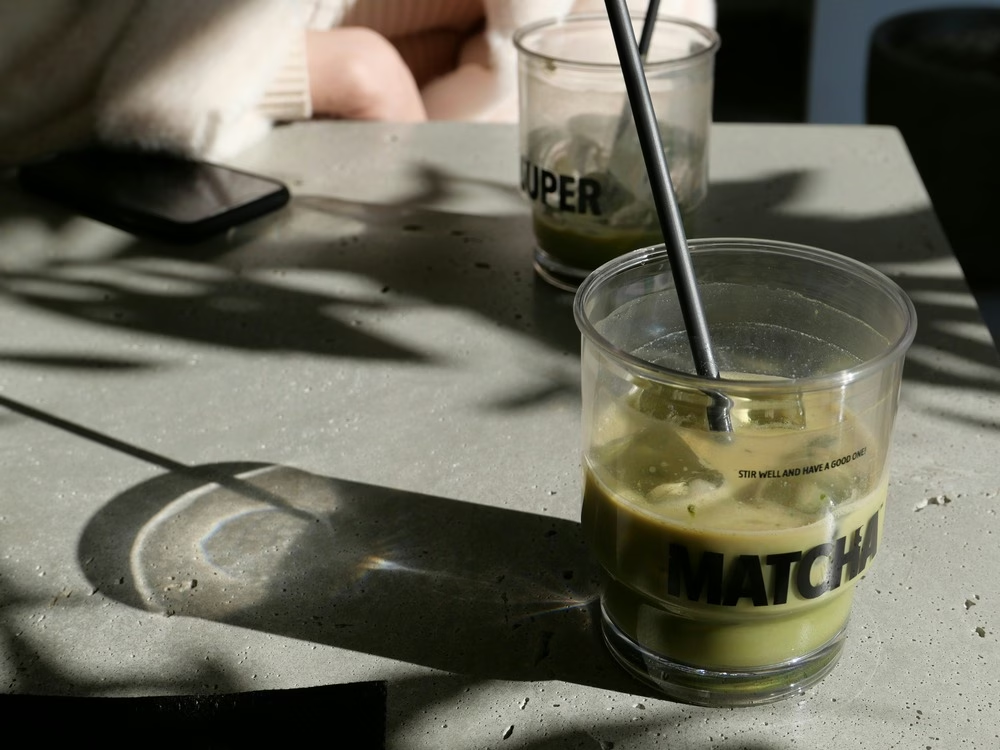


And after six years of serving matcha at Ippodo’s New York City shop, Tomoko has noticed some clear preferences among Western customers. “If your goal is to appeal to a wide audience, selecting a matcha with smooth umami and minimal astringency might be a good starting point,” she says.
ABOUT THE AUTHOR
Monica Manansala is a coffee and matcha enthusiast living in Los Angeles. In her spare time, she enjoys cooking and spending time with her cat.
Subscribe and More!
As always, you can read Barista Magazine in paper or digital format. Subscribe here to get your own hardcopy of each issue delivered. Read the April + May 2025 issue for free with our digital edition.
And for more than three years’ worth of issues, visit our digital edition archives here.
Source: Barista Magazine



